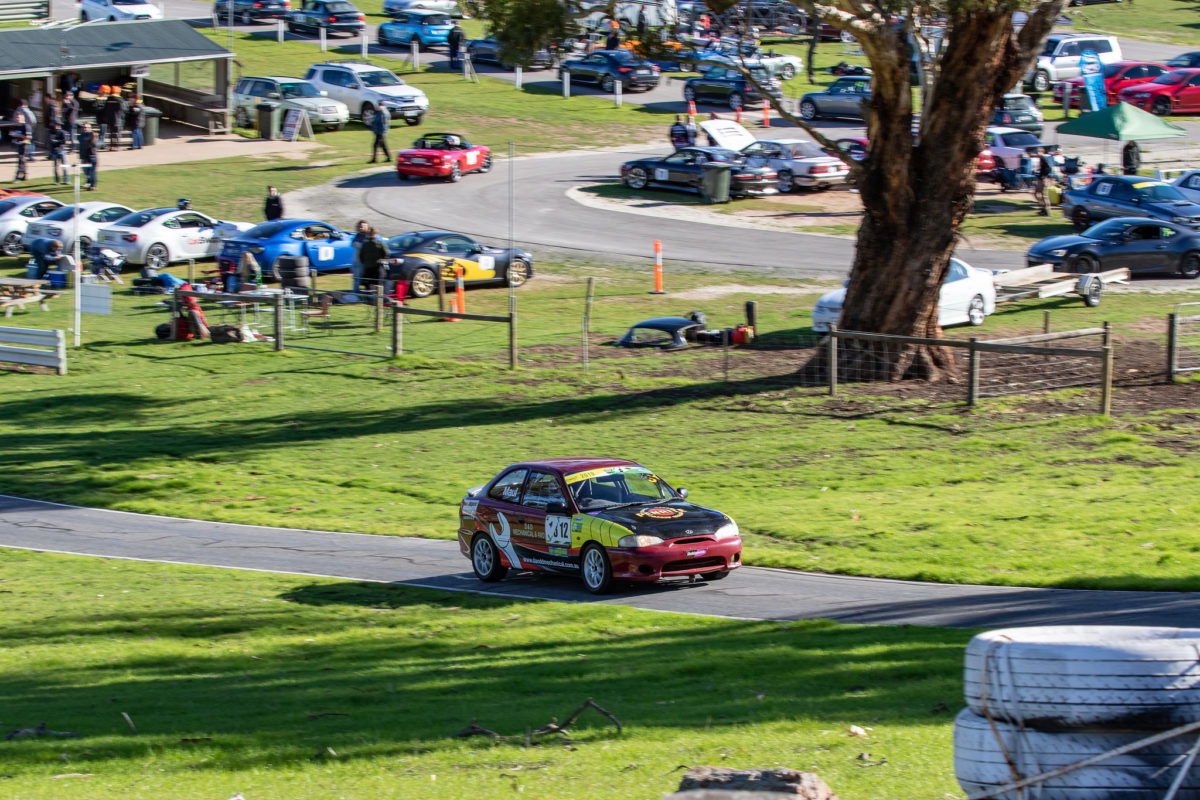

Australian motorsport is currently witnessing record participation level despite what CAMS CEO Eugene Arocca terms a ‘fluid landscape’.
Though the likes of Supercars and other commercial categories garner the most attention, CAMS reports that the sport more broadly has experienced growth in 2019.
According to numbers provided to Speedcafe.com, CAMS currently boasts more competitors and officials than at any point in its history.
Currently there are 27,700 active licence holders, up marginally from 2018 and 2,000 more than 2017.
It’s a similar situation for officials, with 10,700 licensed officials versus 10,536 in 2018 and 9,290 in 2017.
According to Arocca, those figures show that despite the public battles it faces, Australian motorsport remains healthy.
“Right now we’ve got, despite what some may see as negativity, record numbers of participation at grass roots level,” Arocca said.
“Record numbers of events at grass roots and amateur level, and two new categories; one that has come in and really shaken things up with TCR and obviously we’ve got now S5000 on the horizon.
“So we remain optimistic that the ebbs and flows of motorsport in Australia will always produce good categories at the highest level but always underpinned by a strong and growing grass roots, amateur pyramid that continues to grow at record levels.”
However, Arocca concedes the commercial realities of the sport are making things difficult at the top end of town.
CAMS has first hand experience of the difficulties in running a commercial competition after announcing that it will not continue running the Formula 4 Championship next year, citing a lack of numbers.
But while a number of categories face similar challenges in their immediate future, Arocca believes things will turn around at some point.
“Motorsport is, and has always been, a very fluid industry which is dominated by interests that aren’t necessarily sport related,” he reasoned.
“Many of our categories and championships are event related, and that poses a challenge when you have people who’ve got a financial interest in running categories who may not have the capacity to do so after a period of time.
“What happens is, and you can see (this with) Formula 3, people can’t afford the cars, the category starts to struggle and it falls by the wayside and end up going to a sanctioning body that’s not really a sanctioning body.
“Eventually it becomes dormant, or semi-dormant; it doesn’t mean it won’t come back again in the future.
“I guess that’s the lesson that it’s a very fluid motorsport landscape in this country.”



















Discussion about this post